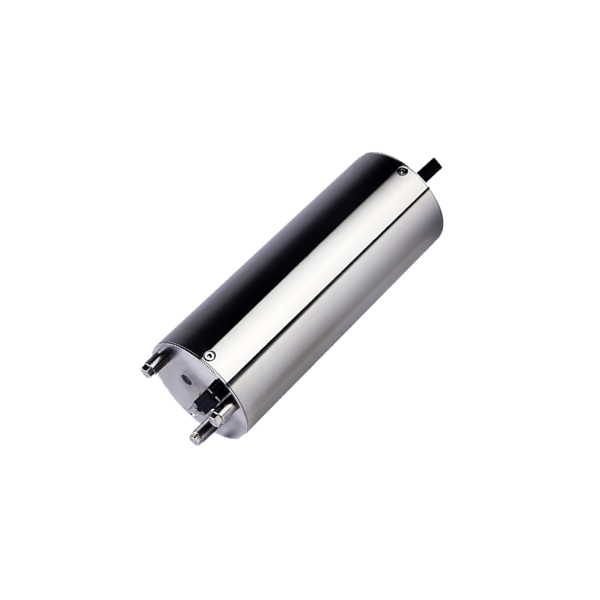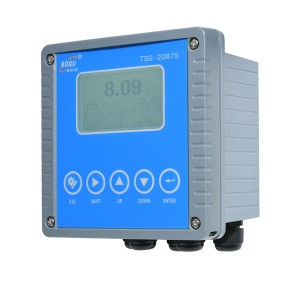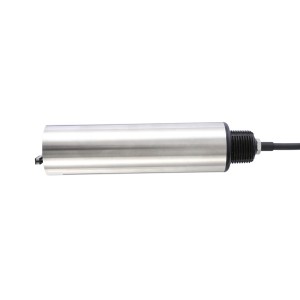Features
1. Check and clean window every month, with automatic cleaning brush, brush a half hour.
2. Adopt sapphire glass realize easy maintain, when cleaning adopt scratch-resistant sapphire glass, don’t worry about the wear surface of window.
3. Compact, not fussy installation place, just put in to can complete the installation.
4. Continuous measurement can be achieved, built-in 4~20mA analog output, can transmit data to the various machine according to the need.
5. Wide measurement range, according to different needs, providing 0-100 degrees, 0-500 degrees, 0-3000 degrees three optional measurement range.
|
Sludge concentration sensor: 0~50000mg/L |
| Inlet pressure: 0.3~3MPa |
| Suitable temperature: 5~60℃ |
| Output signal: 4~20mA |
| Features: Online measurement, good stability, free maintenance |
| Accuracy: <FS (Full scale) ± 2% |
| Reproducibility: <FS± 1% |
| Resolution: 0.01NTU |
| Hourly drift: <0.1NTU |
| Relative humidity: <70%RH |
| The power supply: 12V |
| Power consumption: <25W |
| Dimension of the sensor: Φ 32 x163mm (Not including the suspension attachment) |
| Weight: 3kg |
| Sensor material: 316L stainless steel |
| Deepest depth: Underwater 2meters |
Total suspended solids, as a measurement of mass are reported in milligrams of solids per liter of water (mg/L) 18. Suspended sediment is also measured in mg/L 36. The most accurate method of determining TSS is by filtering and weighing a water sample 44. This is often time consuming and difficult to measure accurately due to the precision required and the potential for error due to the fiber filter 44.
Solids in water are either in true solution or suspended. Suspended solids remain in suspension because they are so small and light. Turbulence resulting from wind and wave action in impounded water, or the movement of flowing water helps maintain particles in suspension. When turbulence decreases, coarse solids quickly settle from water. Very small particles, however, may have colloidal properties, and can remain in suspension for long periods even in completely still water.
The distinction between suspended and dissolved solids is somewhat arbitrary. For practical purposes, filtration of water through a glass fiber filter with openings of 2 μ is the conventional way of separating dissolved and suspended solids. Dissolved solids pass through the filter, while suspended solids remain on the filter.










